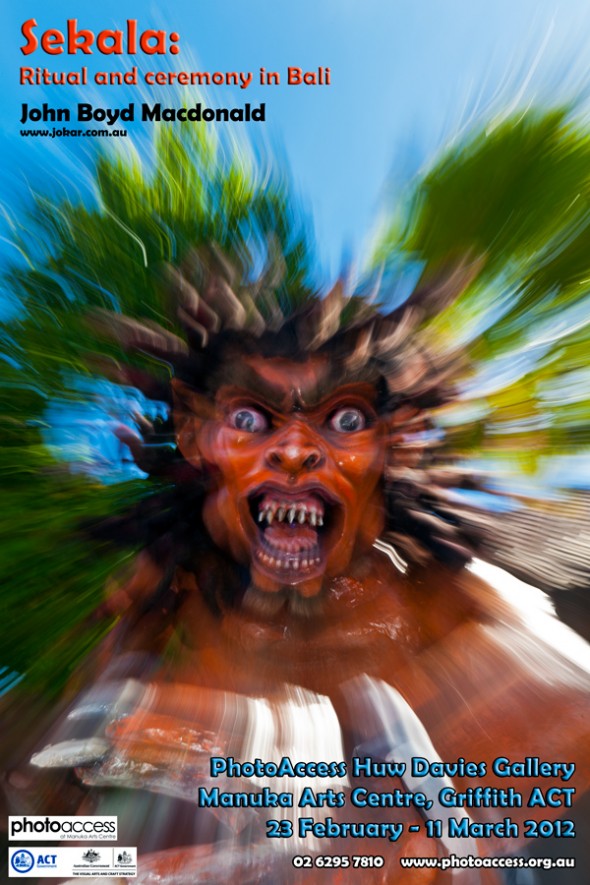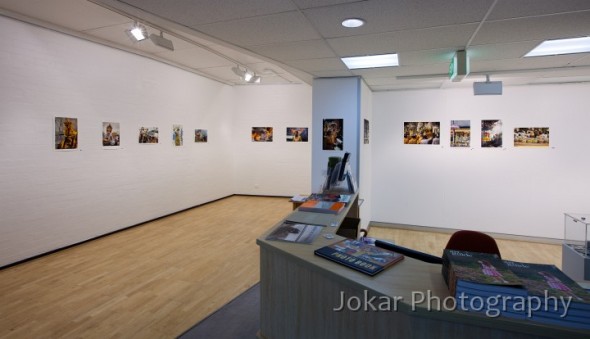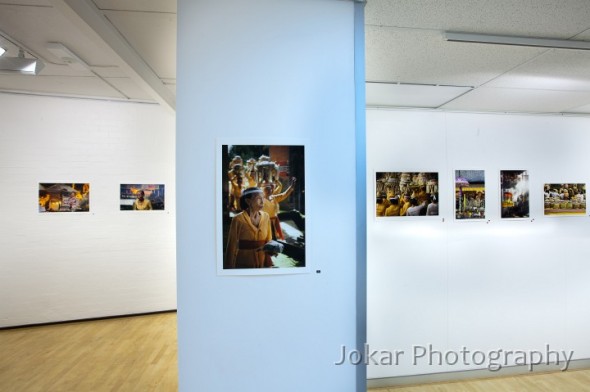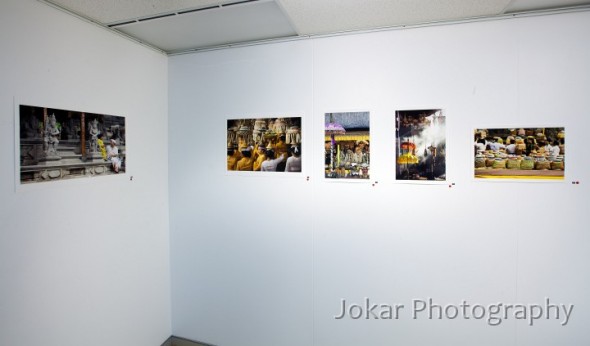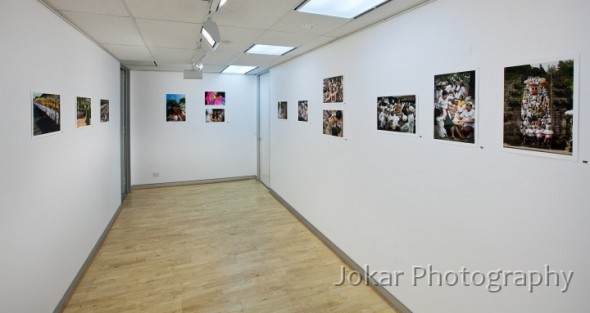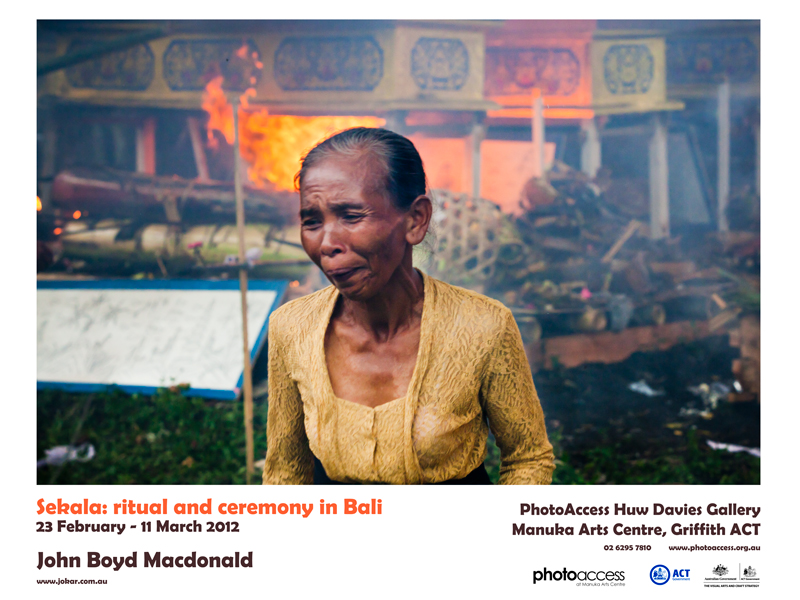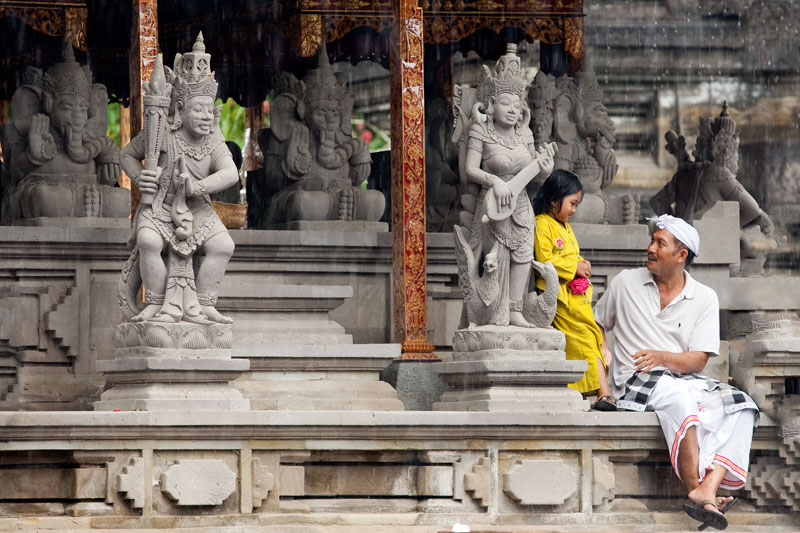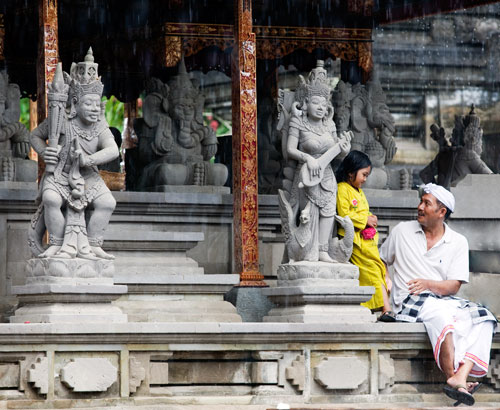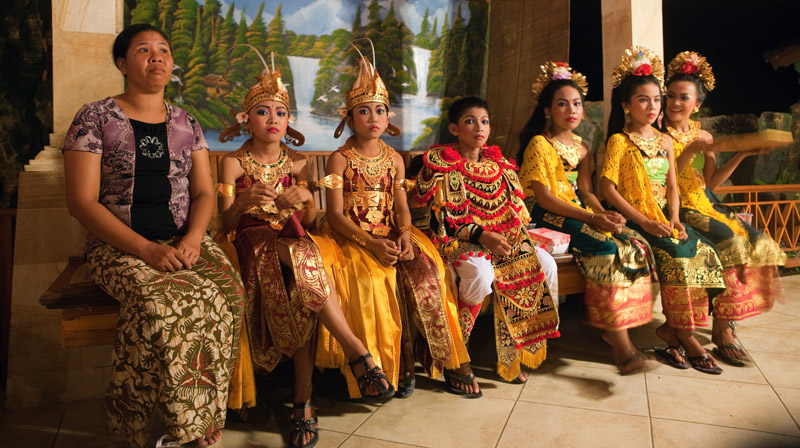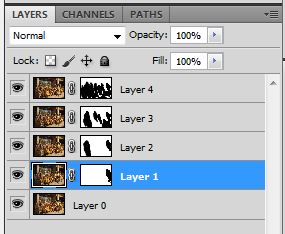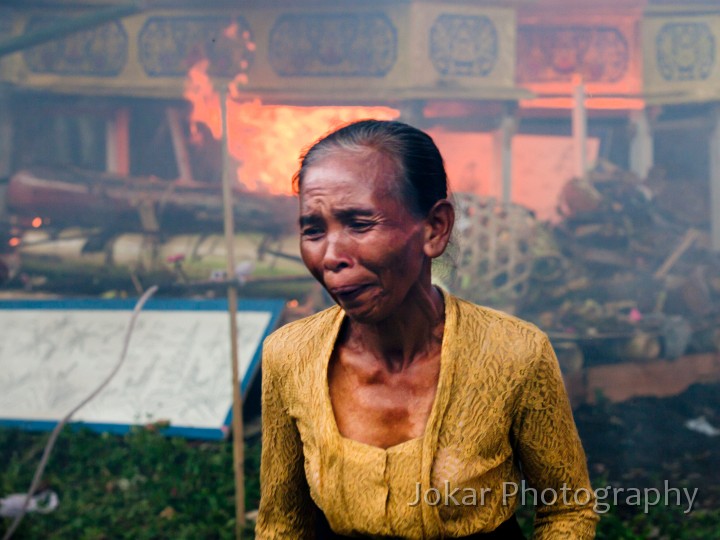My exhibition (Sekala: ritual and ceremony in Bali) continues at PhotoAccess here in Canberra (PhotoAccess Huw Davies Gallery in Manuka, at the corner of Manuka Circle and NSW Crescent) until next Sunday 11 March. The experience of putting on my first solo exhibition has been interesting, and actually (and surprisingly) not too stressful. However I must say that I have been greatly helped by the staff of PhotoAccess in curating and mounting the show, and the quality of the prints produced by Stephen Best at Macquarie Editions has also made a huge difference.
The exhibition has been going really well, with a good flow of visitors, and some great reactions from those who have viewed it so far. I’m very pleased! I had become so accustomed to looking at photos on the screen of computers, that I had almost forgotten how much better they can look when well printed, at good size (A3+ and A2 size) and displayed well in a properly lit environment.
The opening was fantastic. Over 70 in attendance – it was really good to have so many friends and family members there to support me. Proud to have Bill Farmer (Ambassador to Indonesia 2005-10) and his wife Elaine formally open the exhibition. They spoke of the unique nature of Balinese culture, and the often distorted and inaccurate picture that Australians have of Indonesia generally. They stressed the central role that Asian nations will take in the world over coming years, and the need for Australia to genuinely engage with Asian people and cultures – while at the same time bemoaning the decline in Australian interest in our northern neighbours and the decline in Asian language training in our educational institutions. And they said some very nice things about the exhibition photos too…!
You can see the full set of images in the exhibition in this folder on the main Jokar web site.
Here’s a few installation shots of the exhibition.

